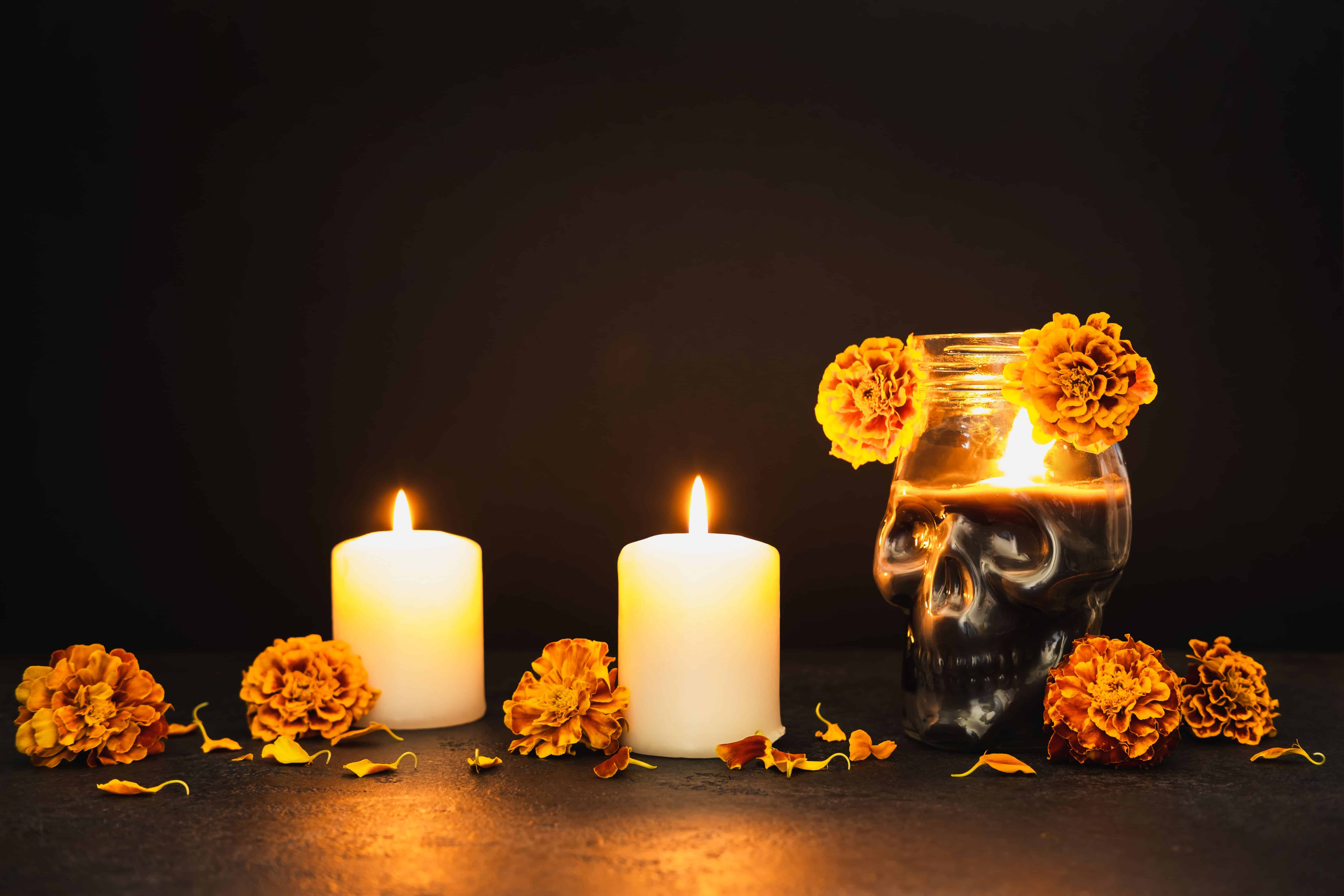Día de los Muertos, or Day of the Dead, is a cherished tradition in Mexico and other countries, aiming to honor and remember deceased loved ones. Unlike Halloween, this day is more about showing respect rather than warding off evil. The tradition has roots in ancient Indigenous practices, later amalgamated with Catholic celebrations brought by the Spanish. Various symbols and rituals, like altars called “ofrendas,” play a crucial role in these commemorations.
Key Points:
- Day of the Dead is celebrated from November 1 to November 2, believed to be the time when spirits return home.
- Originating from Indigenous rituals, notably by the Aztecs, the tradition was later fused with Catholic practices introduced by the Spanish.
- Celebrations involve visiting graves, not to mourn, but to celebrate the life of the deceased with music, food, and drinks.
- La Catrina, a skeletal figure, is a notable symbol of the day, originally sketched by Mexican artist José Guadalupe Posada as a satire of the upper class.
- Ofrendas, or altars, are central to the Day of the Dead, adorned with photos, marigold petals, candles, and personal mementos of the departed.
Source: https://www.cnn.com/travel/day-of-the-dead-traditions-explained-cec/index.html






